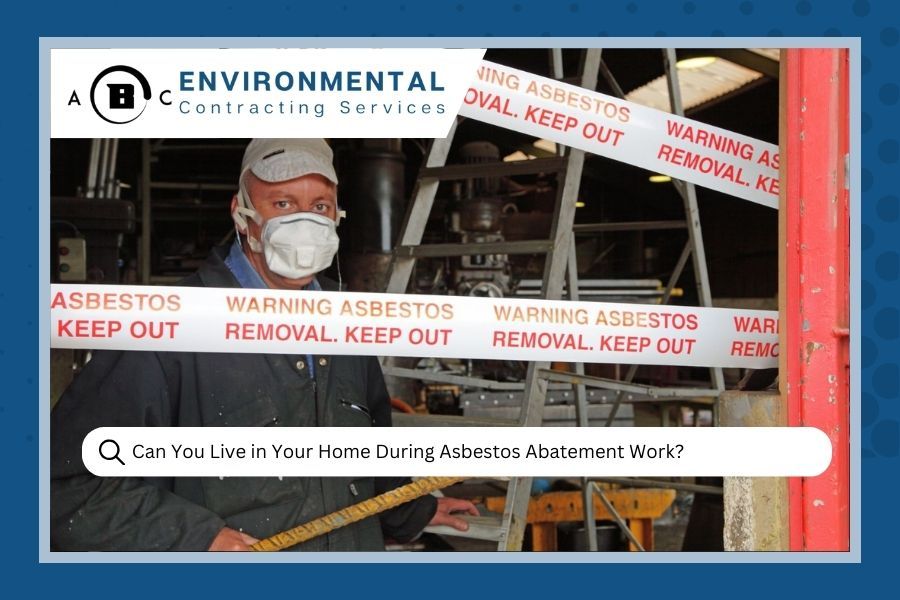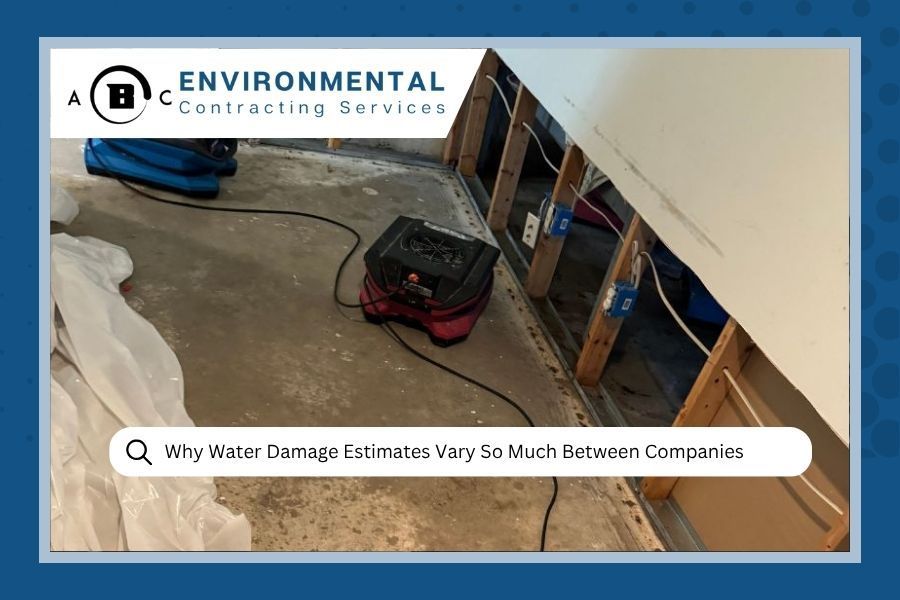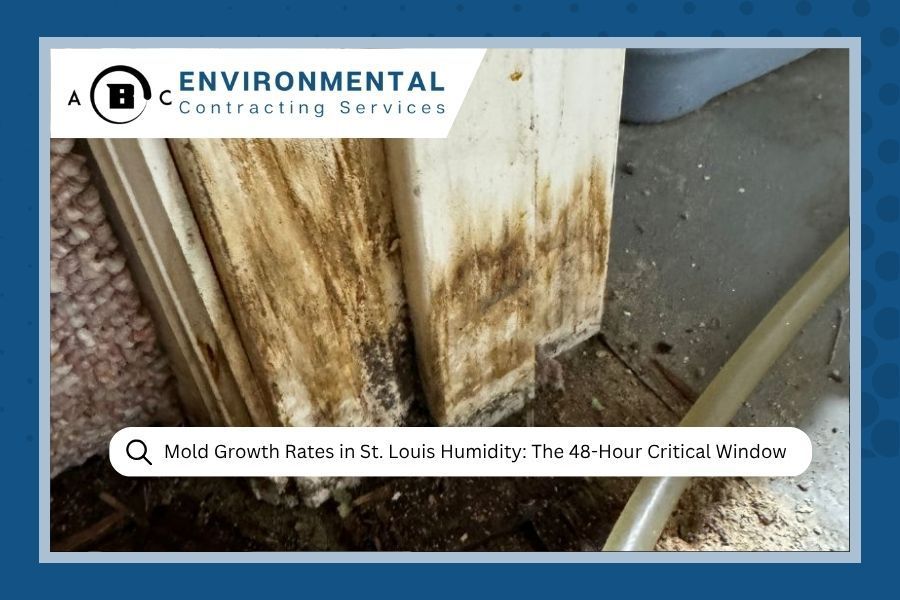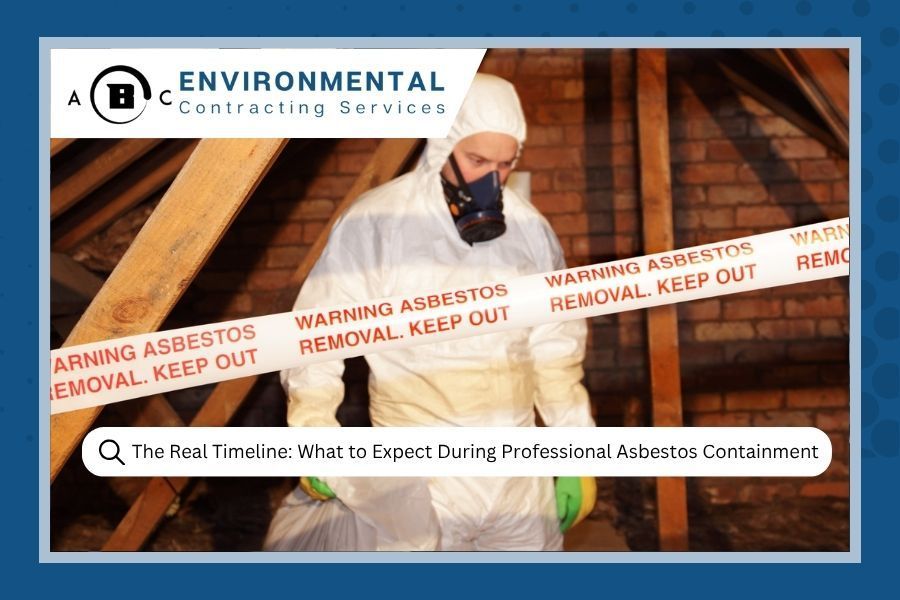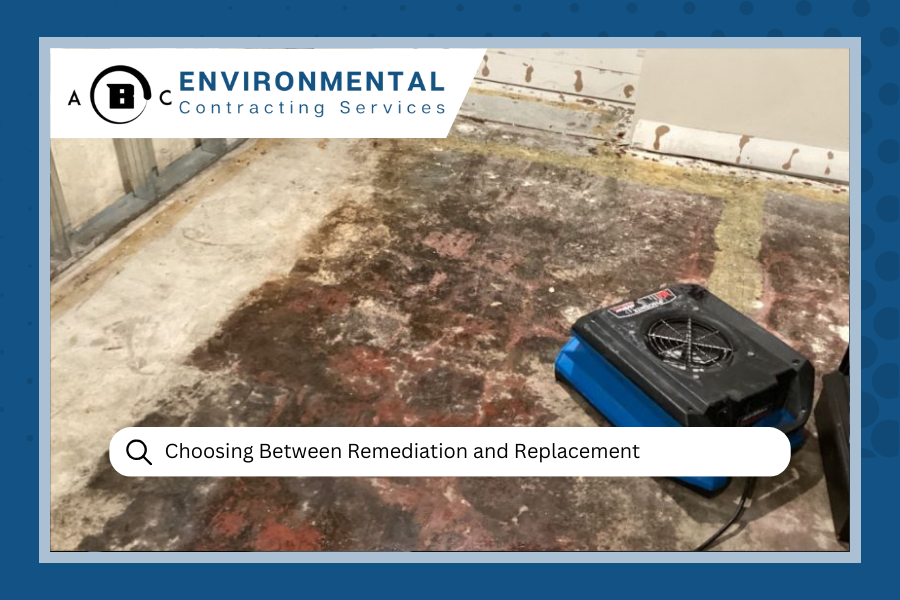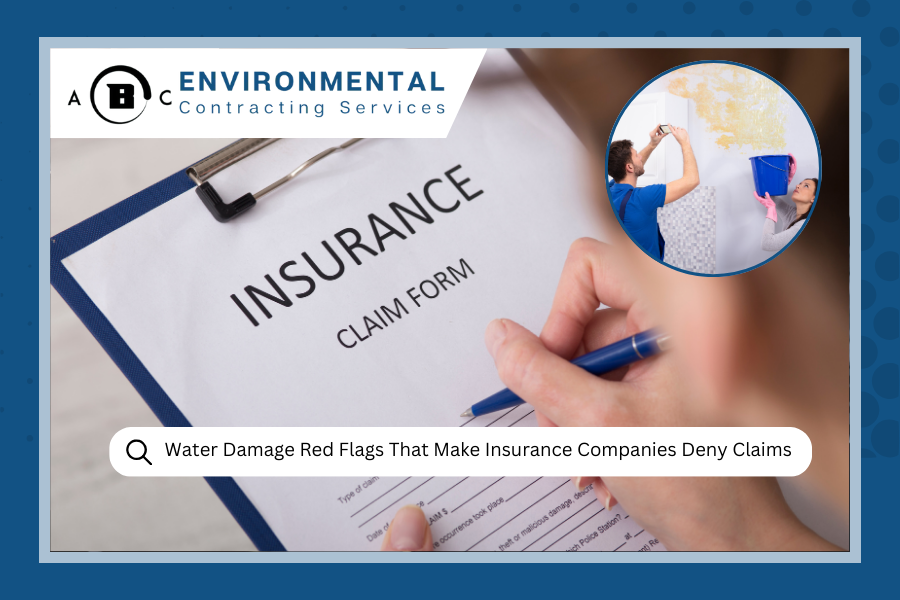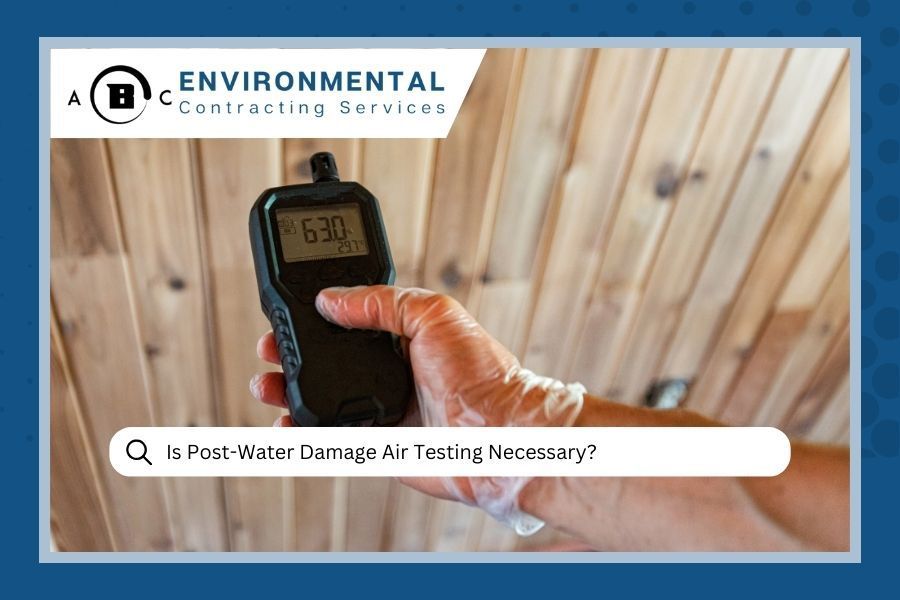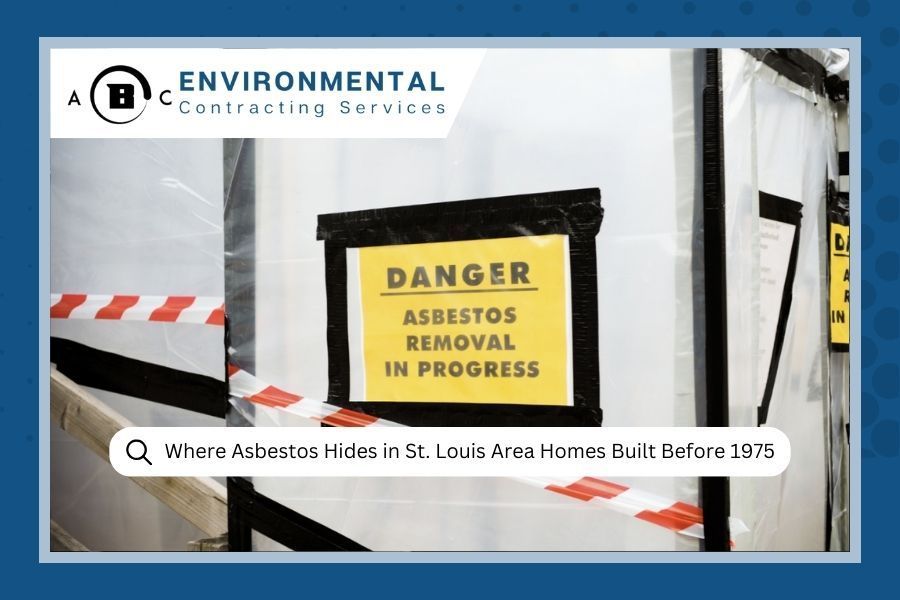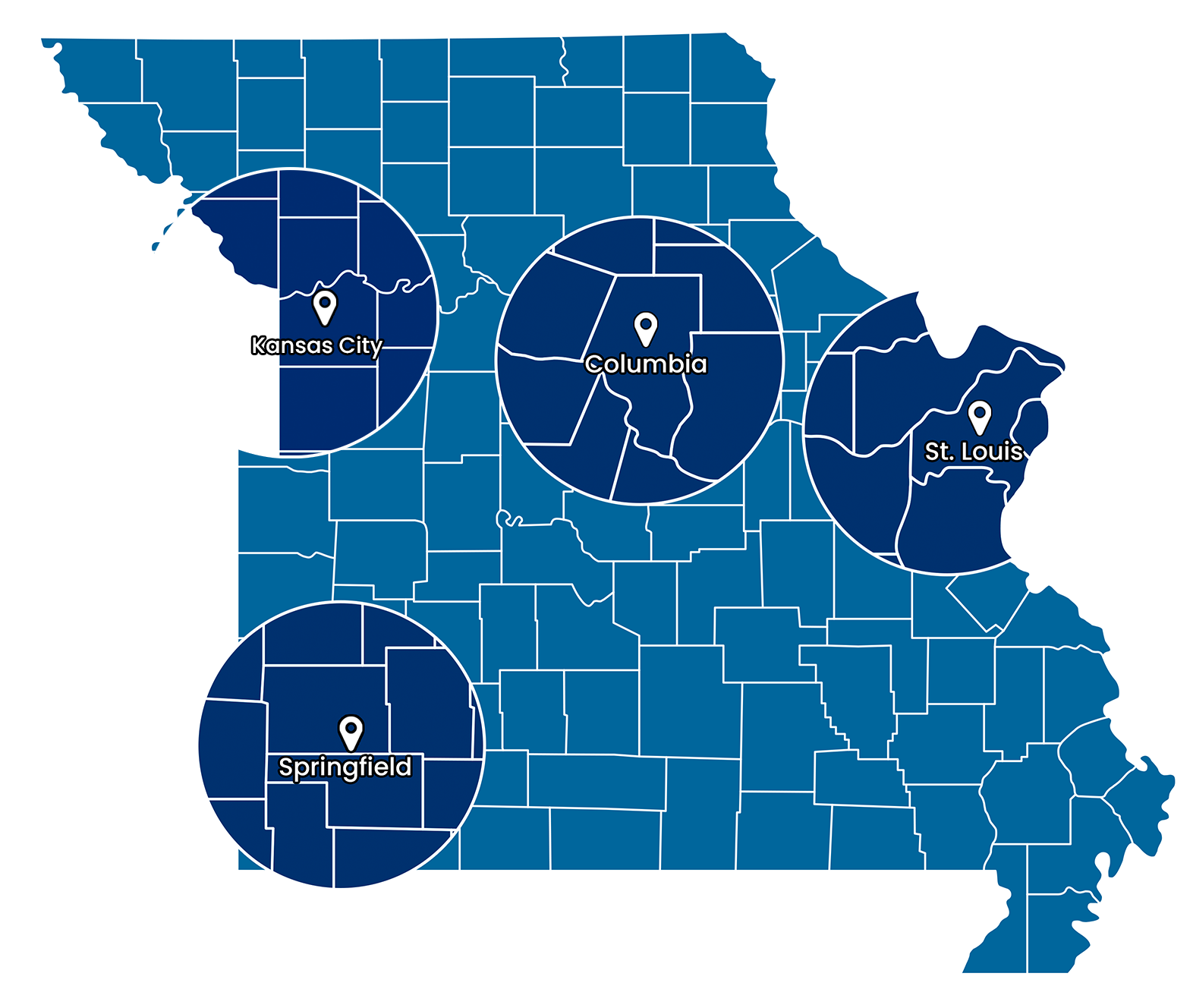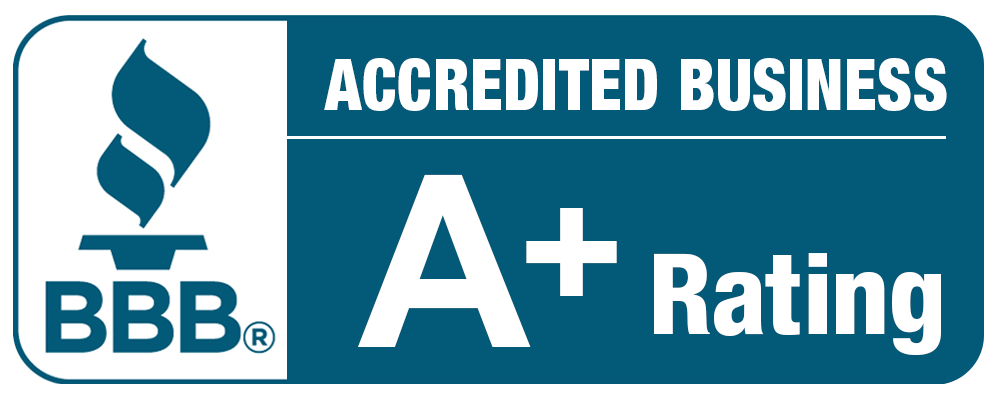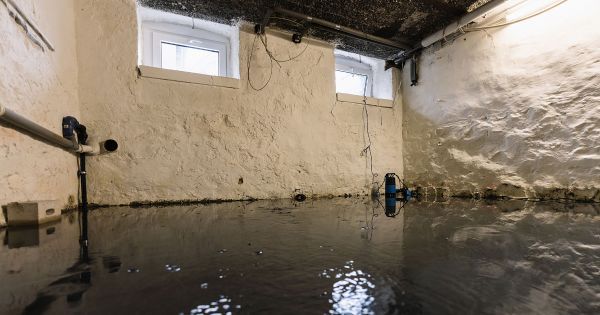
9 Steps to Take if You Have Category 3 Water Damage
If you are facing water damage, understanding the severity and type of the damage is crucial for an effective response. In this blog post, we'll delve into the different water damage categories, focusing on Category 3 water damage. Discover what sets Category 3 apart, its causes, signs, and the essential steps to take when dealing with this serious issue. Let's ensure you're well-informed about water damage restoration St Louis, especially when it comes to the challenging Category 3 scenarios.
Different Water Damage Categories
Before we dive into Category 3 water damage, it's essential to grasp the broader concept of water damage categories. The Institute of Inspection Cleaning and Restoration Certification (IICRC) classifies water damage into three categories based on the level of contamination.
- Category 1 (Clean Water): Category 1 water damage involves water from a clean and sanitary source. This type of water poses the least risk to human health. Examples of Category 1 water sources include broken water supply lines, overflowing sinks, or tubs, and malfunctioning appliances like washing machines.
- Category 2 (Grey Water): Category 2 water damage involves water with a significant degree of chemical, biological, or physical contaminants that can cause discomfort or sickness when exposed or consumed. Grey water typically results from malfunctioning appliances like dishwashers, washing machines, or sump pump failures.
- Category 3 (Black Water): Category 3 water damage, often referred to as black water damage, signifies the highest level of contamination.
What is Category 3 Water Damage?
As mentioned above, Category 3 water damage, commonly known as black water damage, poses the highest risk due to its unsanitary nature. This type of water damage may contain dangerous microorganisms, making it dangerous to both human health and the structural integrity of your home. Common sources of Category 3 water include sewage backups, floodwaters from storms, and water from natural disasters. It's important to note that exposure to Category 3 water should be minimized and handled with extreme caution to avoid health complications and further property damage.
Causes of Category 3 Water Damage
Understanding the causes of Category 3 water damage is essential for prevention and timely intervention. The primary sources include:
- Sewage Backups: Blockages or failures in the sewage system can lead to black water flooding.
- Natural Disasters: Floodwaters from storms or hurricanes can bring in contaminated water, escalating the damage.
- Failed Septic Systems: Malfunctioning septic tanks can release black water into your property.
Signs of Category 3 Water Damage
Identifying the signs of Category 3 water damage early on can be critical in preventing further harm. Look out for:
- Foul Odor: Black water carries a distinct, unpleasant smell due to the presence of contaminants. One of the most unmistakable signs of Category 3 water damage is the distinct and unpleasant odor associated with black water. This odor is often caused by the presence of various contaminants, including sewage and other biohazards. The intensity of the smell may vary, but a persistent and foul odor should never be ignored. It could be an early indication of black water damage.
- Discoloration: The appearance of the water itself can provide significant clues. Category 3 water is typically dark and murky, reflecting its high contamination levels. It can be especially evident in standing water or waterlogged materials. Pay close attention to any darkening of surfaces or materials, as it may signify the presence of black water and the need for immediate action.
- Mold Growth: Black water damage creates an ideal environment for the rapid growth of mold. Mold flourishes in damp and contaminated conditions, which is a common consequence of Category 3 water damage. Keep an eye on the sudden appearance of mold on surfaces such as walls, ceilings, or furniture in the affected area. If you observe any signs of mold growth, it is crucial to address the water damage quickly.
Steps of Handling Category 3 Water Damage
Dealing with Category 3 water damage requires a thorough and strategic approach to ensure the safety of residents and the restoration of your property. Let's delve into the comprehensive steps you should take when faced with this challenging scenario:
- Ensure Safety: Before entering the affected area, prioritize your safety. Equip yourself with personal protective gear, including gloves, masks, and boots. If the contamination level is severe, consider using a respirator to avoid inhaling harmful airborne particles.
- Evacuate and Ventilate: If possible, evacuate the affected space, especially if it poses an immediate health risk. Increase ventilation by opening windows and doors to help disperse foul odors and reduce the concentration of contaminants in the air.
- Turn Off Utilities: To prevent additional hazards, turn off electricity and gas in the affected area. Water and electricity don't mix well, and the safety of your home's utilities is vital during the restoration process.
- Contact Professionals: Quickly reach out to a qualified water damage restoration service in St. Louis. These professionals are equipped with the expertise and specialized equipment needed to handle Category 3 water damage. A prompt response is crucial to prevent further damage and mitigate health risks.
- Evaluate Structural Damage: Professionals will conduct a thorough assessment of structural damage caused by Category 3 water. This evaluation helps determine the extent of repairs needed to restore your property to its pre-damage condition.
- Secure and Disinfect Contents: Salvageable items will undergo a meticulous cleaning and disinfection process to eliminate contaminants. This may involve the use of specialized cleaning agents and techniques to ensure that items are safe for use or display.
- Dispose of Contaminated Materials: Items that cannot be cleaned or disinfected, as well as materials severely damaged by black water, should be safely disposed of. Professionals will handle the proper disposal of these items according to environmental regulations.
- Drying and Dehumidification: Thoroughly drying the affected areas is crucial to prevent mold growth. Water damage restoration experts use industrial-grade dehumidifiers and drying equipment to extract moisture from the air and surfaces.
- Flood Insurance Claims: If you have flood insurance, now is the time to initiate the claims process. Provide documented evidence of the damage and work closely with your insurance provider to ensure a smooth and fair resolution.
Call Us for Immediate Category 3 Water Damage Help
In the aftermath of Category 3 water damage, acting quickly and following these steps is crucial for minimizing health risks and restoring your home. Remember, prevention is key, and having flood insurance can provide an added layer of protection. Stay informed and prepared to tackle Category 3 water damage. If you need professional assistance, our number is (314) 668-1509, you are just to call! At
ABC Environmental Contracting Services in St. Louis, we are available for
free estimates and all of your water damage emergencies!


